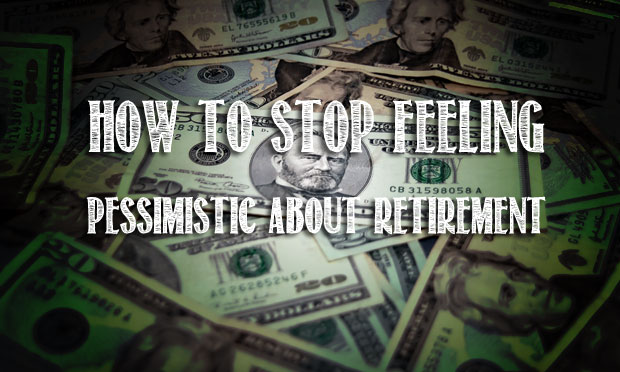Now that the economy has picked up some, the housing market is recovering a little, and memories of the financial crisis are fading, some lenders are re-introducing a few “creative” financing methods. It's possible to get an interest-only mortgage again, or get a loan with a low, low rate at the beginning.
An interest-only loan is tempting because the borrower only pays the interest each month. This state of affairs can last from five to 10 years. When you only pay the interest, it feels like you can “afford” more house. You aren't paying the principal, so you are only paying one part of the loan, and it seems like a good idea. However, you could actually end up in big trouble.
While some lenders are re-thinking interest-only home equity lines of credit, others are comfortable offering these types of options to those looking to buy a home. Before you go for an interest-only loan, though, it's important to understand what you are getting into — and to reconsider.

Building Equity Slowly
One of the biggest problems with an interest-only loan is how it hampers your ability to build equity in your home. An amortization calculator can help you see how fast your mortgage balance is decreasing. With an interest only loan, you're not paying down the principal, so you really aren't making much headway.
If you have to sell your house, you might find that there isn't enough equity in your home to leave anything left over for you after the sale goes through. It also makes it practically impossible to refinance your home, since you don't have the equity needed to put lenders at ease.
A home bought with an interest-only mortgage seems affordable at first, but it quickly becomes apparent that it's not affordable in the long run.
Paying the Cost Later
The biggest problem with getting an interest-only mortgage is that you end up paying a lot more later. Once you start paying on the principal (something that happens after the initial period is over), payments can skyrocket. It's vital that you understand this reality of interest-only home loans.
Many homebuyers who took the plunge with interest-only mortgages prior to the housing crash and financial crisis did so expecting to make more money in a few years. They thought of a higher income, able to handle the payments.
Other homebuyers assumed they would be able to refinance. Even though they weren't paying down principal, the assumption was that housing costs would keep climbing, so equity would be built, even without mortgage principal payments. They could refinance before the higher payments hit, and things would work out.
We all know how that went.
Unfortunately, the fact that these types of loans are starting to become available again means that there could be more problems down the road. And, of course, analysts are on the watch for what is going to happen in the next little while, since there are still interest-only loans from the past that still haven't worked their way through the system.
